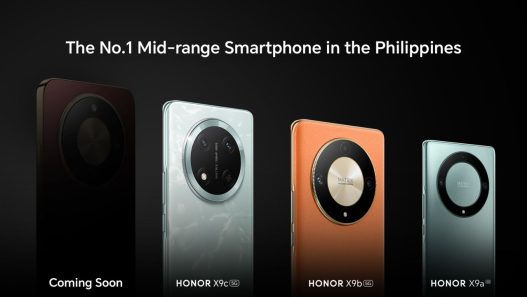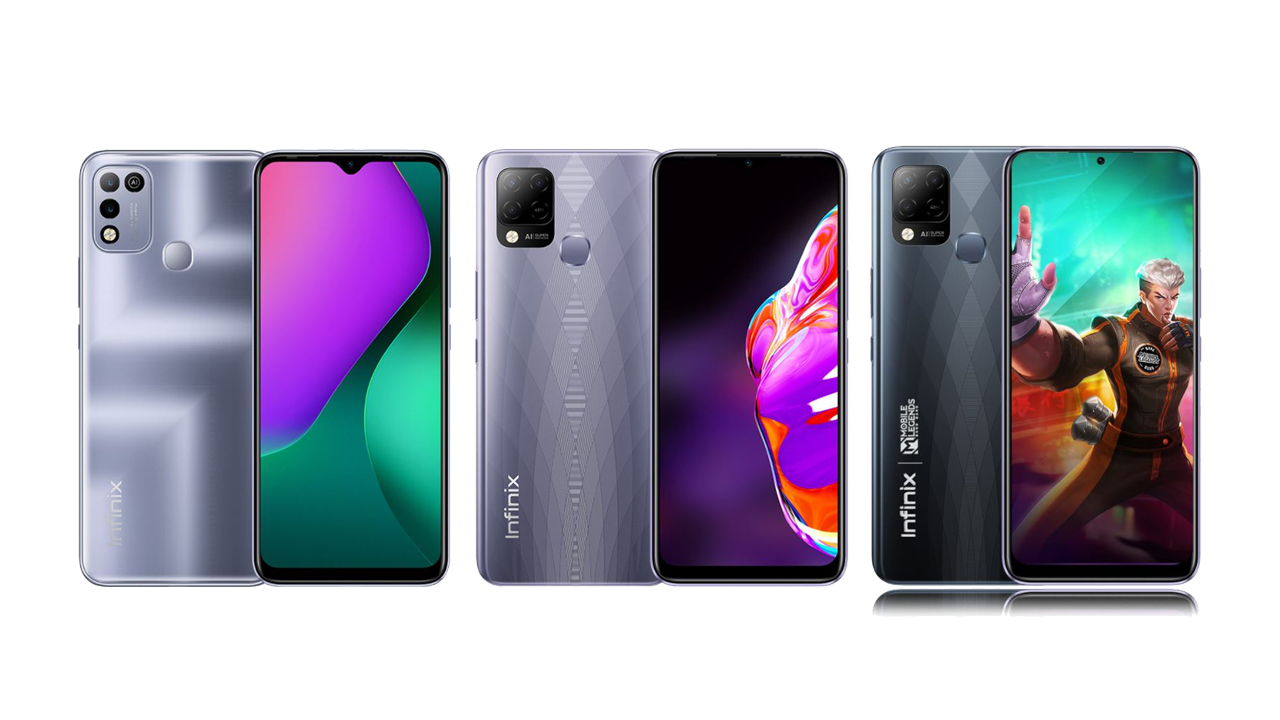Around a month I’ve gotten to experience the Flow X13 and let me just preface this by saying IF you’re out there searching for something to sink your teeth into – the Flow X13 comes with high recommendation. With or without the XG Mobile (preferably WITH naturally!)
Let me just introduce the machine to you quickly: the Flow X13 that was loaned to me had within it a Ryzen 9 5900HS rated at 3.3GHz and it has a GTX1650 Max-Q right out of the box; 16GB RAM and 1TB of storage, 13″ 16:10 aspect, 4k, 60p touchscreen. The FlowX13 is able to change from a conventional laptop form to tent to tablet which is then navigable by the black Asus active pen that now has been upgraded with magnets (still powered by a AAAA battery). More on this later. This version of the Flow X13 retails for P99,995
In terms of base connectivity, there’s plenty to go around outright with 2 USB-C’s (one of which is a part of the XG Mobile interfacing slot,) a USB-A, a full-size HDMI out, and a combo jack for audio. The Flow X13 also maintains a 720p camera within its top bezel so you can use this for video conferencing instantly.
This CPU+GPU pair is no slouch by any stretch of the imagination so you can use this for some degree of play. It does blossom into its own with the attachment of an XG Mobile which, when connected and activated, exchanges a USB-C port and the integrated GTX1650 into two more display outputs (HDMI + DisplayPort), a LAN port, 4 USB-A ports, a multi-card reader and an RTX 3080. The XG Mobile attachment with the RTX 3080 is priced at an additional P89,995
With that out of the way, let’s dive a bit deeper and look at the details surrounding this somewhat unexpected addition to the ROG lineup.
As the Flow X13 is a multi-mode device, several key “gaming” cues are shed off to keep the base package sleek and incredibly compact. One of the glaring things that is immediately apparent is the backlighting on the Flow X13 which is kept at a stark white with three brightness levels. It almost makes Armoury Crate and Aura on this device feel like overkill. The base package of the Flow X13 does come with an ROG Chakram Core wired mouse so you can play around with the lights on that. For additional context, the lighting on the XG Mobile is red, much more reminiscent of the ROG brand.



The power key is situated on the right side of the device which keeps the keyboard layout pretty standard. I like it because I can confidently hit the delete key… on the other hand, the placement is such that I often find myself feeling it out before finally finding it to trigger the thing. There is an integrated fingerprint reader into this power button which you can use to activate Windows Hello for that second layer of protection and privacy.
Speaking of the keyboard, this is one aspect of the Flow X13 that it also shares with its other ROG brethren: with the font, function keys, as well as the dedicated media controls and Armoury Crate trigger up top. The typing experience is OK, I wouldn’t put it at the top of my list though; the actuation point is just right, generous spacing, its more on the “feel” that I find the experience a bit incomplete, too mushy for my taste. The ROG Chakram Core is a pretty nice inclusion being programmable and semi customizable as well, its just a pity that it’s wired.

The bundled pen has a design that is now magnetized which allows it to connect to “some” parts of the laptop where there are also magnets. It’s good for that purpose but I sometimes feel that this magnet interferes with the operation of the stylus. I actually tried out one of their older pens, that fully round one, and it appears to me at least that the response is just that much quicker. All in all, the convenience of knowing that you can just snap your pen to the laptop at any time is a very welcome change to just putting it into a sleeve or your pocket, you do need to remember where the viable points are which are typically the corners.

And since we’re on the topic of bundles, the Flow X13 also comes with its own, and dare I say, very stylish bag – it honestly gives off some very fashion forward vibe especially since it comes ready to receive an ROG XG Mobile. I’m not entirely certain if this comes with a strap or not (though I really think it should have one) but it’s basically made up of two pouches one to hold the laptop computer and the other to hold the XG Mobile out up front. It is a little bit too exacting though that the cord that connects the XG Mobile to the mains can already be seen as overloading the pouches.
You can see all of the accessories in this video here:
What is the XG Mobile (XGm from this point forward)?
It is basically an eGPU that interfaces with the Flow X13 via PCI-E + USB-C. The way that it functions is a little bit different than Thunderbolt connected eGPUs – I should know because I work on one. So let’s talk more about those.
Connection Trigger
Thunderbolt eGPUs use bandwidth that come from the interface on its lonesome, it adds the GPU that gets docked in to the list of GPUs that the computer is using. On the other hand, the XGm replaces the discrete GPU and routes the information and various other functions towards it making itself an actual part of the computer once the connection is established. There is a wait time that you don’t normally deal with in Thunderbolt eGPUs but the 10 seconds or so of initialization and deactivation is much welcome seeing the performance jump that it provides; after all, latching on to the XGm means you’re preparing for some serious computing.
Power Delivery
As far as eGPUs go, they’ve always provided pass-thru power delivery through the interface. It’s supposed to be higher than the current that is provided by the 65W power brick but I’m constantly skeptical because of ratings that don’t work like they’re marketed. It’s not the case with the XGm though, once connected, whether the Flow X13 is turned on or not, power is being driven into the batteries which is great as you can be sure that you’re juiced up once you disconnect it and head out.
Heat Management
While I’ve yet to run the XGm to the ground with a full load simulation, it doesnt give off heat that feels anywhere near concerning. The fan from the perforated ROG branding is directly pointed towards the rear of the monitor the way I have it configured and there’s no feeling of heat coming at me radiating from it. It’s much apparent now because I used to run my own setup like this until I had to elevate the laptop to make some more room on the desk and clean up the cabling; Now I can feel the brunt of the dissipating heat from my own eGPU.
Size and Footprint

The compactness of the XGm cannot be understated as it really is just a fraction of older, Thunderbolt based eGPUs. You’d do well to note that there’s always the idea that if it can run cooler then it runs better but I am inclined to believe that the way they knit and integrated together the components and the GPU inside of the XGm allows for the performance with little to no compromise. If you use the kickstand then the space that it occupies on the desk increases incrementally, still within a fraction of comparable solutions.
Visual Cues
When the XGm is active, the LED indicator on the proprietary cable glows red then turns white when it’s ‘released’. Like the Flow X13, the XGm only has this monochromatic approach. These indicator lights do not play along with Aura Sync; it’s just there to let you know that the XGm is active and working properly.
Overall Aesthetic
With this release Asus ROG are touting this new gravity inspired texture that serves also as a grip while making it stand out from among its ROG brethren. As a grip it does indeed make you aware that you’re holding something significant and that you should do well not to drop it. They made it so that the Flow X13 and the ROG XGm have their textures aligned at some configuration which is a really nice design touch and subtlety that I truly appreciate. I do feel a bit annoyed by the bright red LED notification of the connected XGm beside the pure white backlight. My eyes always gets drawn to it, add to that the RGB on the Chakram Core Mouse as well and we got a lot of mismatched colors happening about (of course you can make the mouse keep still or pure white but why would you do that right?
Overall Performance

What can I say? I could only wish this was an ecosystem that I am already transferring to. It runs literally seven times faster than the computer that I’m currently using – the Ryzen 9 inside of the Flow X13 is the key component that I would like for you to consider in this package.
Here are the latest VRay Benchmarks showing my own setup and the various modes of the Flow X13 with and without the XGm:
You get this whether or not you go for the XGm where if you don’t, you’re still running a very decent GTX1650 under the hood. The combination, as well as the price, is still quite compelling for the capability that it offers. The flexibility and performance of the Flow X13 definitely strikes productivity seekers in a different light. It’s a package well worth considering – less flair, all power? Yes please!


































